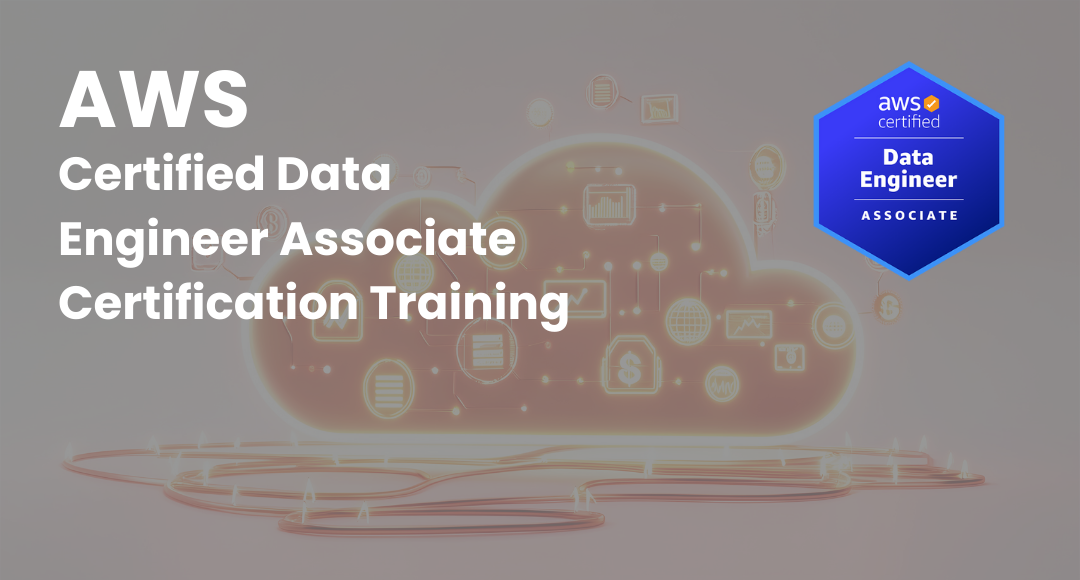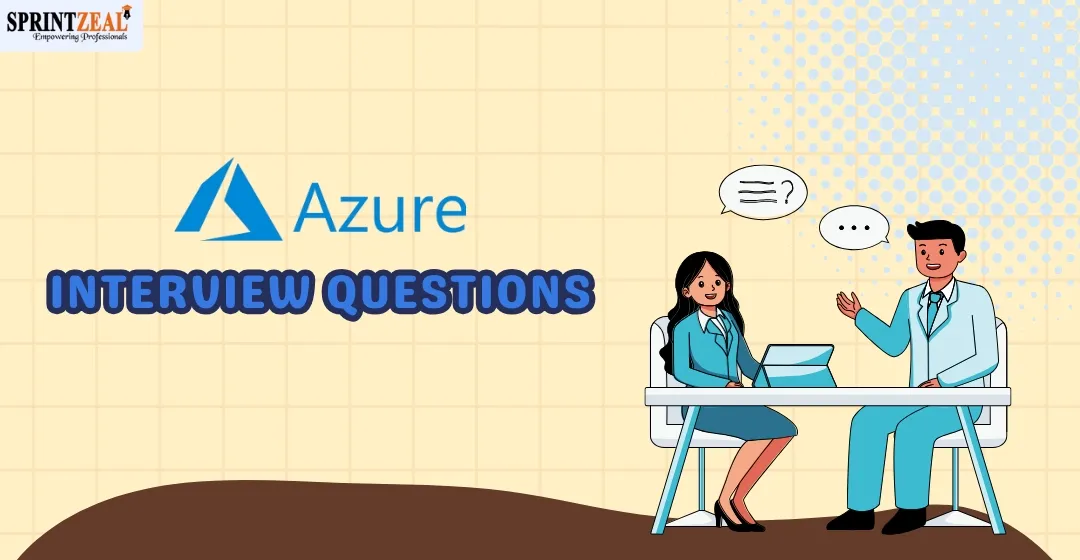Types of Cloud Computing Explained
-
 By Prajwal
By Prajwal - Published on Apr 7 2023

Table of Contents
Introduction
Cloud computing is providing developers and IT departments with the ability to focus on what matters most and avoid undifferentiated work like procurement, maintenance, and capacity planning.
As cloud computing has grown in popularity, several different models and deployment strategies have emerged to help meet specific needs of different users.
Each type of cloud service, and deployment method, provides you with different levels of control, flexibility, and management.
There are five main types of cloud computing:
- Public clouds
- Private clouds
- Hybrid clouds
- Community cloud
- Multi-cloud
Choosing a cloud type or cloud service is a unique decision. No two clouds are the same (even if they are the same type), and no two cloud services are used to solve the same problem.
But by understanding the similarities, you can be more informed about how the features of each cloud computing type and cloud service might impact your business.
Every cloud abstract, pools, and shares scalable computing resources across a network. Every cloud type also enables cloud computing, which is the act of running workloads within that system.
Every cloud is created using a unique mix of technologies, which almost always includes an operating system, some kind of management platform, and application programming interfaces (APIs). Virtualization and automation software can also be added to every kind of cloud for additional capabilities or increased efficiencies.
Cloud Computing Deployment Models
There are five types of cloud computing models:

Public Cloud
A cloud-based application is fully deployed in the cloud and all parts of the application run in the cloud.
Applications in the cloud have either been created in the cloud or have been migrated from an existing infrastructure to take advantage of the benefits of cloud computing.
Cloud-based applications can be built on low-level infrastructure pieces or can use higher-level services that provide abstraction from the management, architecting, and scaling requirements of core infrastructure.
Advantages of the Public Cloud Model:
- Minimal Investment: Because it is a pay-per-use service, there is no substantial upfront fee, making it excellent for enterprises that require immediate access to resources.
- No setup cost: The entire infrastructure is fully subsidized by the cloud service providers, thus there is no need to set up any hardware.
- Infrastructure Management is not required: Using the public cloud does not necessitate infrastructure management.
- No maintenance: The maintenance work is done by the service provider (Not users).
- Dynamic Scalability: To fulfill your company’s needs, on-demand resources are accessible.
Disadvantages of the Public Cloud Model:
- Less secure: Public cloud is less secure as resources are public so there is no guarantee of high-level security.
- Low customization: It is accessed by many public so it can’t be customized according to personal requirements.
Private cloud
Deploying resources on-premises, using virtualization and resource management tools, is sometimes called “On-premises.”
On-premises deployment does not provide many of the benefits of cloud computing but is sometimes sought for its ability to provide dedicated resources.
In most cases this deployment model is the same as legacy IT infrastructure while using application management and virtualization technologies to try and increase resource utilization.
Advantages of the Private Cloud Model:
- Better Control: You are the sole owner of the property. You gain complete command over service integration, IT operations, policies, and user behavior.
- Data Security and Privacy: It’s suitable for storing corporate information to which only authorized staff have access. By segmenting resources within the same infrastructure, improved access and security can be achieved.
- Supports Legacy Systems: This approach is designed to work with legacy systems that are unable to access the public cloud.
- Customization: Unlike a public cloud deployment, a private cloud allows a company to tailor its solution to meet its specific needs.
Disadvantages of the Private Cloud Model:
- Less scalable: Private clouds are scaled within a certain range as there is less number of clients.
- Costly: Private clouds are more costly as they provide personalized facilities.
Hybrid
A hybrid deployment is a way to connect infrastructure and applications between cloud-based resources and existing resources that are not located in the cloud.
The most common method of hybrid deployment is between the cloud and existing on-premises infrastructure to extend, and grow, an organization's infrastructure into the cloud while connecting cloud resources to the internal system.
Advantages of Hybrid Cloud Model:
- Flexibility and control: Businesses with more flexibility can design personalized solutions that meet their particular needs.
- Cost: Because public clouds provide scalability, you’ll only be responsible for paying for the extra capacity if required.
- Security: Because data is properly separated, the chances of data theft by attackers are considerably reduced.
Disadvantages of the Hybrid Cloud Model:
- Difficult to manage: Hybrid clouds are difficult to manage as it is a combination of both public and private cloud. So, it is complex.
- Slow data transmission:Data transmission in the hybrid cloud takes place through the public cloud so latency occurs.
Community cloud

It allows systems and services to be accessible by a group of organizations. It is a distributed system that is created by integrating the services of different clouds to address the specific needs of a community, industry, or business.
The infrastructure of the community could be shared between the organization which has shared concerns or tasks. It is generally managed by a third party or by the combination of one or more organizations in the community.
Advantages of the Community Cloud Model:
- Cost Effective: It is cost-effective because the cloud is shared by multiple organizations or communities.
- Security: Community cloud provides better security.
- Shared resources: It allows you to share resources, infrastructure, etc. with multiple organizations.
- Collaboration and data sharing: It is suitable for both collaboration and data sharing.
Disadvantages of the Community Cloud Model:
- Limited Scalability: Community cloud is relatively less scalable as many organizations share the same resources according to their collaborative interests.
- Rigid in customization: As the data and resources are shared among different organizations according to their mutual interests if an organization wants some changes according to their needs they cannot do so because it will impact other organizations.
Multi-cloud
It is similar to the hybrid cloud deployment approach, which combines public and private cloud resources. Instead of merging private and public clouds, multi-cloud uses many public clouds.
Although public cloud providers provide numerous tools to improve the reliability of their services, mishaps still occur. It is quite rare that two distinct clouds would have an incident at the same moment.
As a result, multi-cloud deployment improves the high availability of your services even more.
Advantages of the Multi-Cloud Model:
- You can mix and match the best features of each cloud provider’s services to suit the demands of your apps, workloads, and business by choosing different cloud providers.
- Reduced Latency: To reduce latency and improve user experience, you can choose cloud regions and zones that are close to your clients.
- High availability of service: It is quite rare that two distinct clouds would have an incident at the same moment. So, the multi-cloud deployment improves the high availability of your services.
Disadvantages of the Multi-Cloud Model:
- Complex: The combination of many clouds makes the system complex and bottlenecks may occur.
- Security issue: Due to the complex structure, there may be loopholes to which a hacker can take advantage hence, makes the data insecure.
Conclusion
To help you in your future endeavors, we would recommend you to carefully choose the cloud computing deployment model that is based on your or your company’s preferences.
Start with learning about cloud computing and analyze if the industry suits you and your skill set.
You can also start by choosing one of the cloud computing courses available on our course page or click on the link below to start learning the cloud computing course we recommend for you.
With this, our time together has come to an end. Hope you found this article useful.
Subscribe to our Newsletters
Popular Programs
AWS Certified Solution Architect Professional
Live Virtual Training
- 4.3 (300 + Ratings)
- 48k + Learners
AWS Certified DevOps Engineer Certification Training
Live Virtual Training
- 4.4 (400 + Ratings)
- 67k + Learners
Microsoft Azure Administrator Associate AZ-104
Live Virtual Training
- 4.1 (560 + Ratings)
- 14k + Learners
Microsoft Azure Infrastructure Solutions (AZ-305)
Live Virtual Training
- 4.1 (560 + Ratings)
- 5k + Learners
Trending Posts
Impact of AWS Certification On Cloud Computing Jobs
Last updated on Nov 14 2025
Benefits of Cloud Computing in 2026
Last updated on Sep 4 2025
What Is Public Cloud? Everything You Need to Know About it
Last updated on May 10 2023
Trends Shaping the Future of Cloud Computing
Last updated on Jun 4 2024
AWS Solutions Architect Salary in 2026
Last updated on Jul 11 2022
Latest Azure Interview Questions for 2026
Last updated on Sep 17 2025
Categories
- Other 69
- Agile Management 45
- Cloud Computing 56
- Project Management 172
- Big Data 66
- Business Management 88
- Digital Marketing 78
- IT Service Management 29
- Programming Language 58
- AI and Machine Learning 76
- IT Security 112
- Quality Management 78
- IT Hardware and Networking 25
- Microsoft Program 4
- Workplace Skill Building 13
- Risk Management 9
- Information Security 8
- Leadership and Management 9
- Corporate Training and Development 1
Trending Now
Azure Vs Aws - Which Technology Is Better
ebookThe Impact of Internet of things on Marketing
ebookAWS Lambda - An Essential Guide for Beginners
ebookCareer in Cloud Computing or Cyber Security
ebookImpact of AWS Certification On Cloud Computing Jobs
ebookAmazon Certifications: List of Top AWS certifications in 2026
ebookAWS Interview Questions and Answers 2026
ebookAmazon Software Development Manager Interview Questions and Answers 2026
ebookAWS Architect Interview Questions - Best of 2026
ebookHow to Become a Cloud Architect - Career, Demand and Certifications
ebookWhat is Cloud Computing? - Fundamentals of Cloud Computing
ebookAWS Solutions Architect Salary in 2026
ebookAmazon EC2 - Introduction, Types, Cost and Features
ebookAWS Opsworks - An Overview
ebookAzure Pipeline Creation and Maintenance
ebookCI CD Tools List - Best of 2026
ebookTrends Shaping the Future of Cloud Computing
ebookContinuous Deployment Explained
ebookDevOps Career Path – A Comprehensive Guide for 2026
ebookTop Kubernetes Tools in 2026
ArticleBenefits of Cloud Computing in 2026
ebookJenkins Interview Questions and Answers (UPDATED 2026)
ArticleA Step-by-Step Guide to Git
ArticleScalability in Cloud Computing Explained
ebookIoT Security Challenges and Best Practices-An Overview
ebookHow to Learn Cloud Computing in 2026 - A Brief Guide
ArticleCloud Engineer Roles and Responsibilities: A complete Guide
ebookCloud Engineer Salary - For Freshers and Experienced in 2026
ArticleEssential Cybersecurity Concepts for beginners
ebookWhat is a Cloud Service - A Beginner's Guide
ebookTop 3 Cloud Computing Service Models: SaaS | PaaS | IaaS
ArticleWhat is Private Cloud? - Definition, Types, Examples, and Best Practices
ebookWhat Is Public Cloud? Everything You Need to Know About it
ArticleTop 15 Private Cloud Providers Dominating 2026
ebookWhat Is a Hybrid Cloud? - A Comprehensive Guide
ebookCloud Computing and Fog Computing - Key Differences and Advantages
ebookAzure Architecture - Detailed Explanation
ArticleMost Popular Applications of Cloud Computing – Some Will Shock You
ArticleTips and Best Practices for Data Breaches in Cloud Computing
ArticleWhat Is Edge Computing? Types, Applications, and the Future
ArticleMust-Have AWS Certifications for Developers in 2026
ArticleSalesforce Customer Relationship Management and its Solutions
ArticleCutting-Edge Technology of Google Cloud
ArticleSpotify Cloud: Powering Music Streaming Worldwide
ArticlePublic Cloud Security Checklist for Enterprises
Article12 Best Managed WordPress Hosting Services in 2026
ArticleLatest Azure Interview Questions for 2026
ArticleTop Coding Interview Questions in 2026
ArticleLatest Cloud Computing Interview Questions 2026
ArticleSafe file sharing for teams: simple rules that work
ArticleMy learning path to become an AWS Solutions Architect
ArticleClient Server Model—Everything You Should Know About
ArticleWhat Is Microsoft Azure? A Complete Cloud Computing Guide for 2026
ArticleDocker Tutorial for Beginners: Containers, Images & Compose
ArticleGit Merge vs Rebase: Differences, Pros, Cons, and When to Use Each
Article

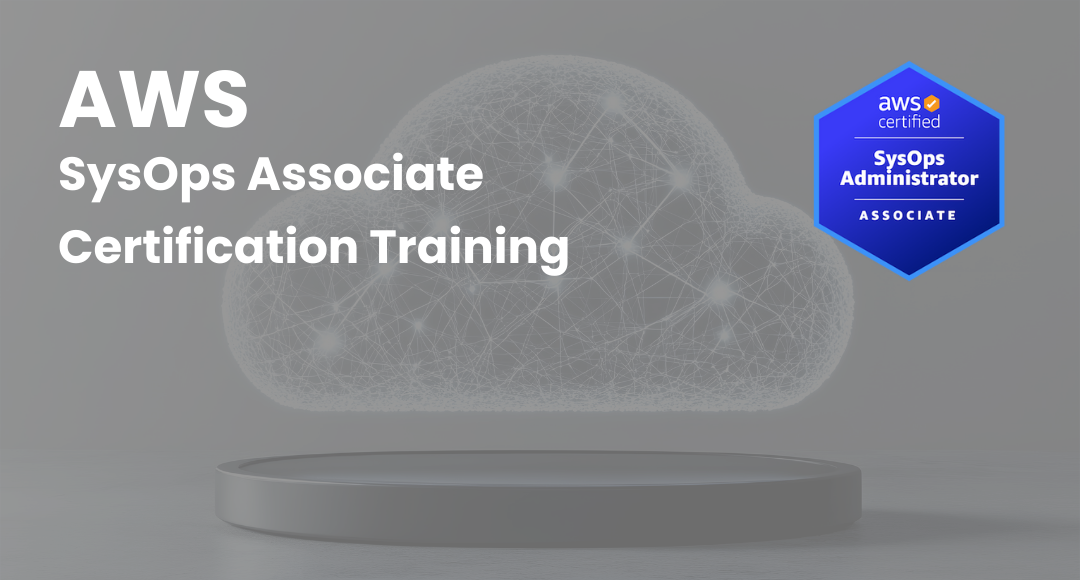

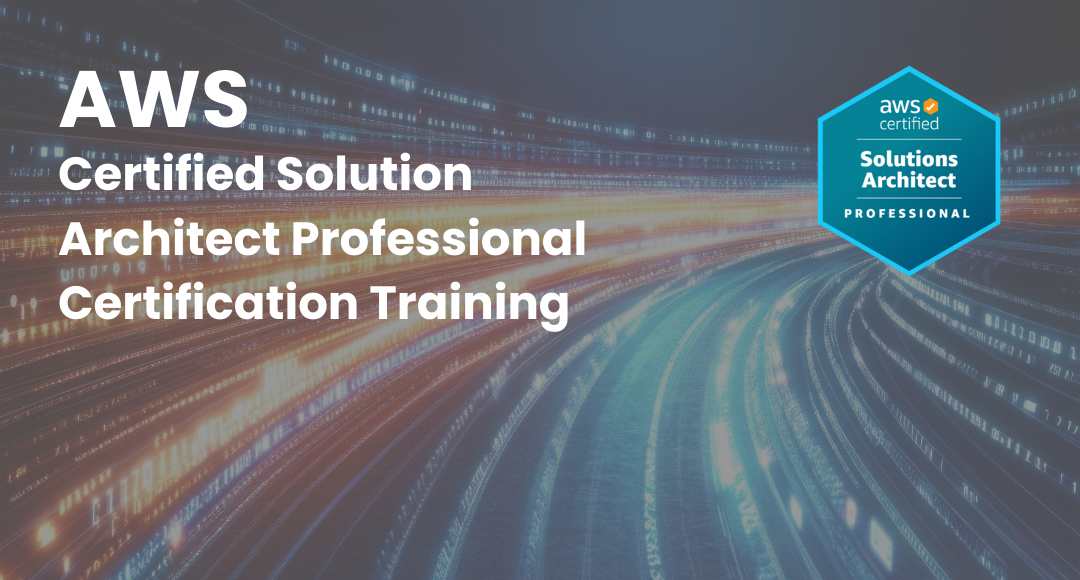


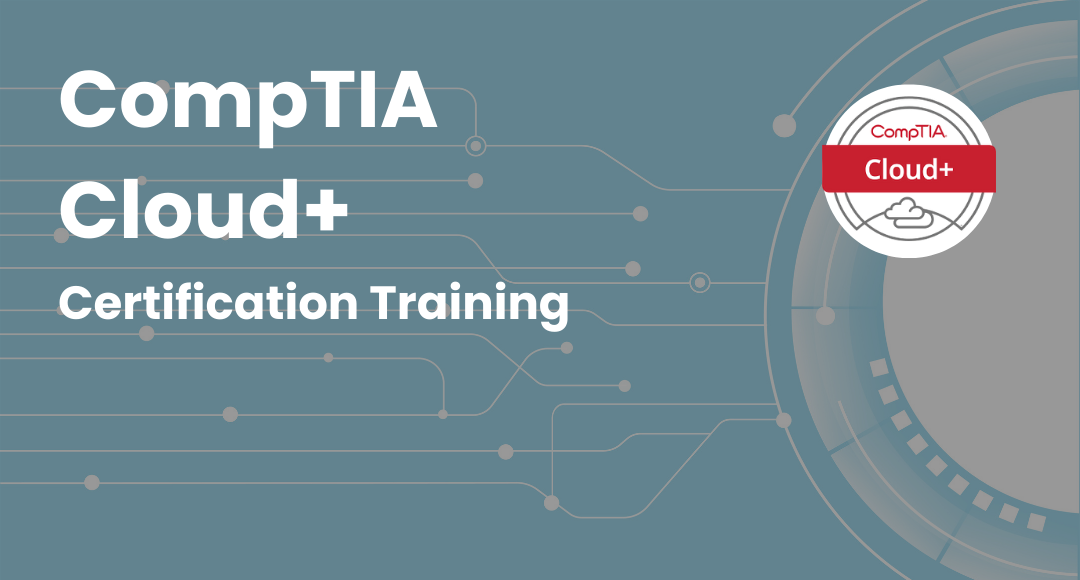
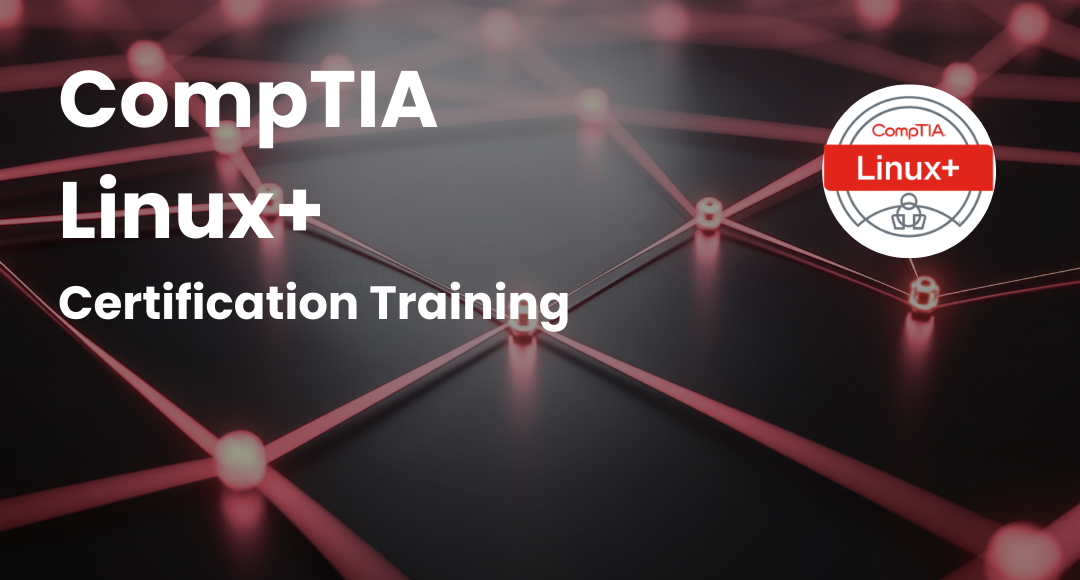
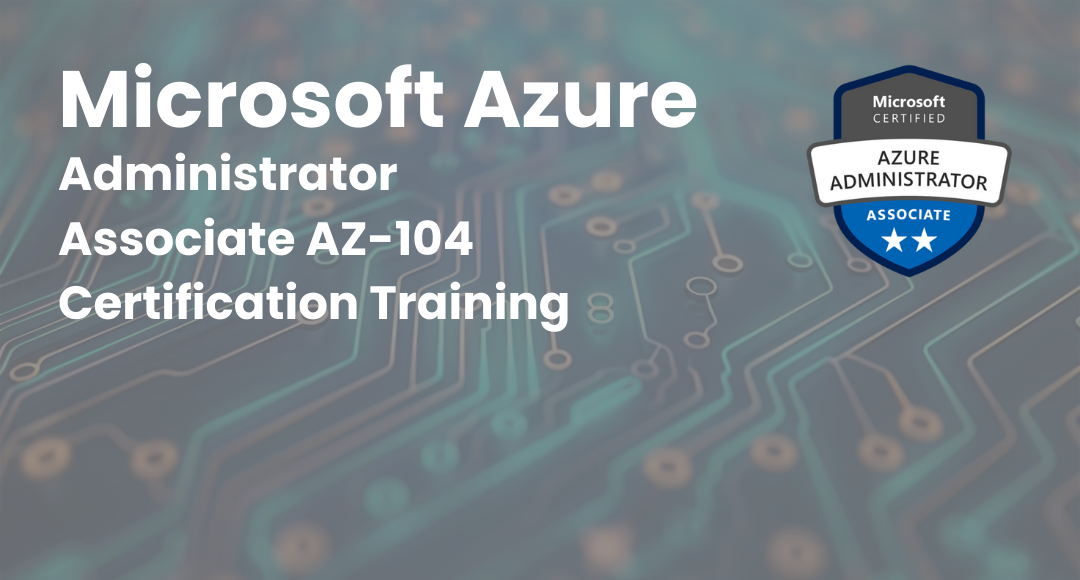
.png)
